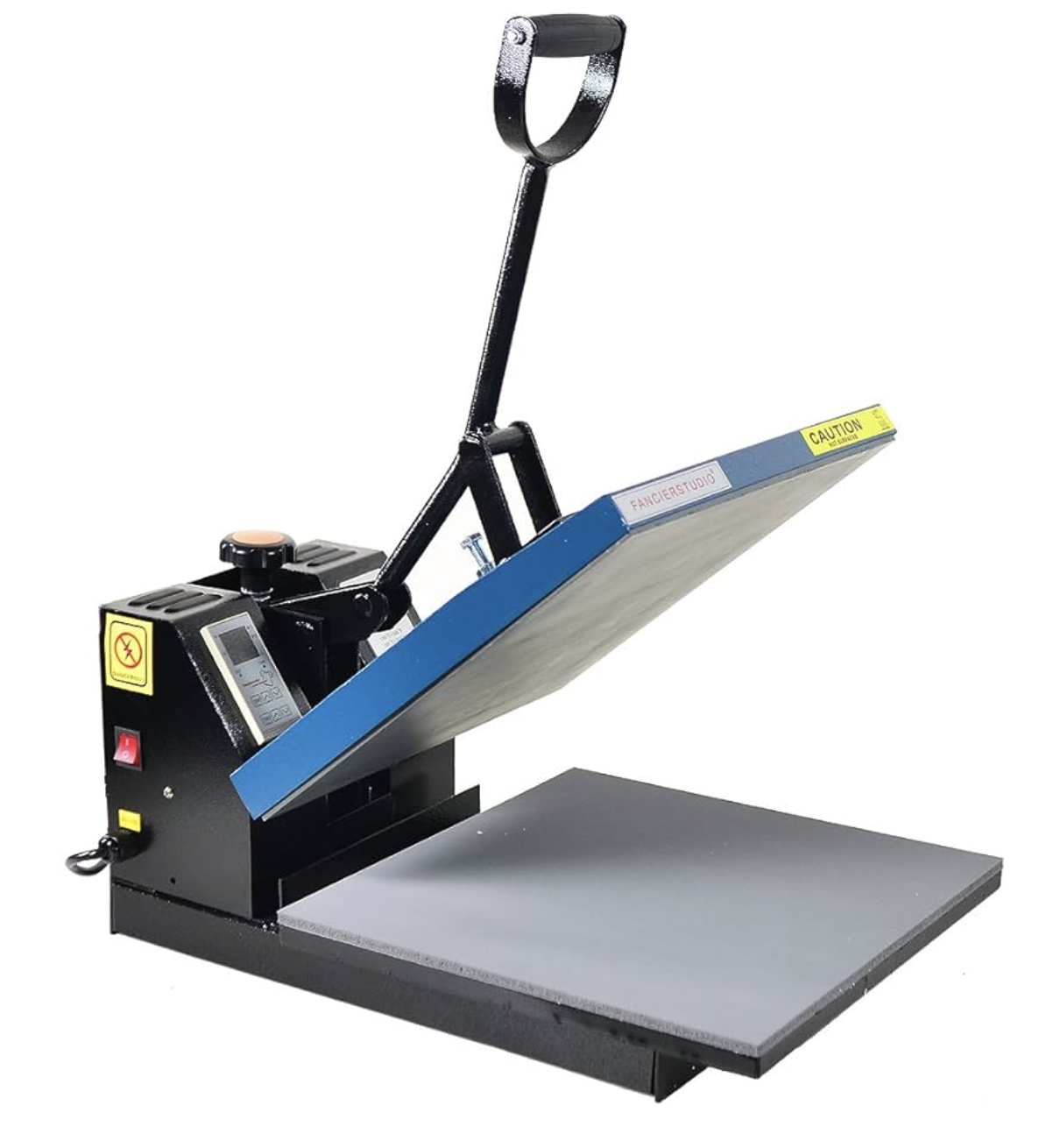
Embroidery vs. DTF vs. Heat Press: What’s the Difference?
If you’ve ever shopped for personalized apparel or accessories, you’ve probably come across a variety of customization methods—embroidery, DTF (Direct-to-Film), and heat press printing being some of the most popular. Each method has its own strengths, unique look, and best uses. Understanding the differences can help you choose the right option for your style, needs, or business.
⸻
Embroidery
Embroidery is the art of stitching designs directly into fabric using thread. This age-old technique has been modernized with machines that allow for detailed logos, lettering, and artwork to be sewn onto hats, jackets, shirts, and bags.
Pros:
•Long-lasting and durable – the design won’t peel or fade.
•Adds texture and a premium look.
•Professional and polished, perfect for logos or monograms.
•Works beautifully on thicker fabrics like hats, sweatshirts, or jackets.
Cons:
•Limited to thread colors and stitch styles.
•Not ideal for very detailed or photo-like designs.
•Can be more expensive due to the labor and time involved.
Best for: Timeless, high-quality pieces that need to last—like corporate apparel, hats, or personalized gifts.
⸻
DTF (Direct-to-Film Printing)
DTF is one of the newer technologies in the customization world. The process involves printing a design onto a special film using high-quality inks, then applying it to fabric with heat. Unlike embroidery, DTF creates a smooth, flat design.
Pros:
•Can capture detailed, full-color designs—even photos.
•Works on a wide range of fabrics.
•Flexible and doesn’t crack easily.
•Cost-effective for smaller runs with colorful graphics.
Cons:
•Not as long-lasting as embroidery; may fade or wear with washes over time.
•Lacks the texture and premium feel of embroidery.
•Designs sit on top of the fabric rather than being stitched in.
Best for: Vibrant, colorful t-shirts or designs with lots of detail that wouldn’t translate well into thread.
⸻
Heat Press (Vinyl & Transfers)
Heat press designs are made by cutting designs from vinyl (or printing transfers) and then pressing them onto fabric with heat and pressure.
Pros:
•Great for bold, simple designs like names, numbers, or shapes.
•Works well on items like team uniforms and promotional t-shirts.
•Quick and affordable for small runs.
Cons:
•Can peel, crack, or fade after repeated washes.
•Limited texture—sits flat on the surface of fabric.
•Not ideal for highly detailed or intricate designs.
Best for: Sports jerseys, event shirts, or budget-friendly custom apparel.
⸻
So, Which One Should You Choose?
•Go with embroidery if you want a luxurious, durable, and professional finish that lasts for years.
•Choose DTF if you want colorful, detailed graphics or need a modern solution for detailed artwork.
•Opt for heat press if you need affordable, quick customization for bold and simple designs.
Each method has its place—it all depends on the look you’re going for and how you plan to use the item.
⸻
Final Thought: If you want something that feels premium and timeless, embroidery will always stand out. For vibrant graphics or event shirts, DTF and heat press make sense. No matter which method you choose, customization is what makes your apparel or accessories truly one-of-a-kind.




